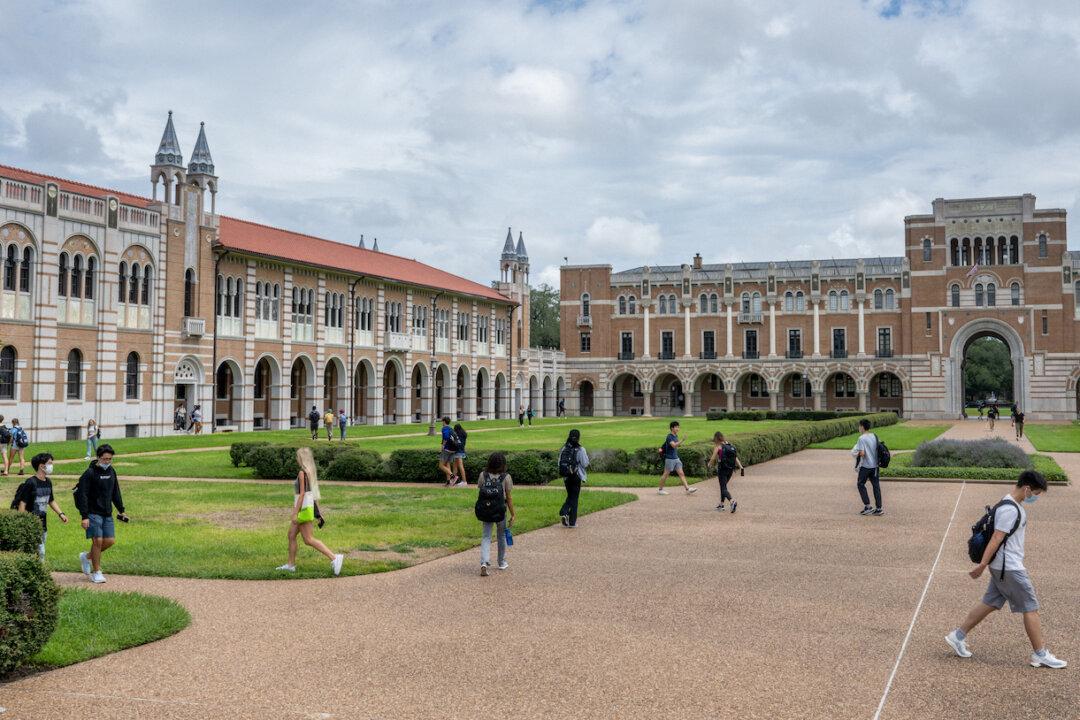The Biden administration on Tuesday released a state-by-state estimate of how its student debt relief plan will impact borrowers in the 50 U.S. states, Washington, D.C., and Puerto Rico.
According to a fact sheet from the White House, the administration expects that more than 40 million borrowers are eligible for its student debt relief plan. Of these, nearly 20 million borrowers could have their entire remaining balance discharged.




